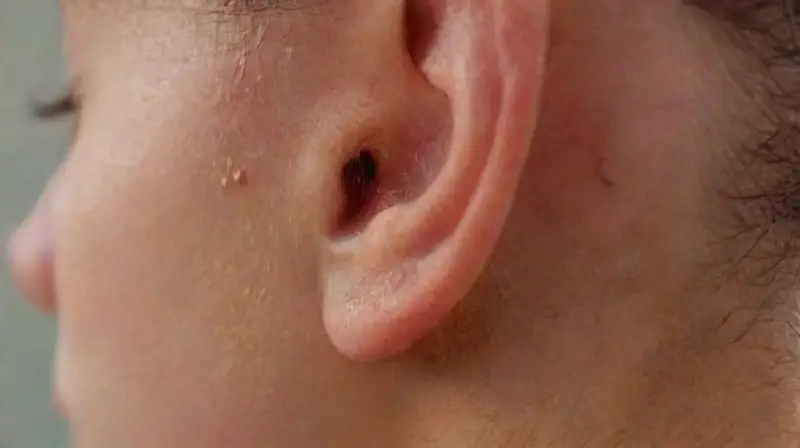Body piercing has become a popular form of self-expression across cultures and generations. Today, many individuals choose to adorn their bodies with jewelry through various types of piercings, ranging from earlobes to more unconventional locations. This practice is often seen as a way to showcase personal style, cultural heritage, or simply for aesthetic appeal.
Despite its widespread popularity, body piercing also involves potential risks that should not be overlooked. Understanding both the benefits and the dangers is important for anyone considering this form of body modification. Educating oneself ensures a safer pierce and a more satisfying experience.
Historical Significance and Cultural Context
Historically, body piercing has played a significant role in many societies around the world. Ancient civilizations, such as the Egyptians, Mayans, and Polynesians, used piercings for spiritual, social, or ceremonial reasons. These practices often denoted social status, tribal affiliation, or rites of passage.
In contemporary society, cultural influences continue to shape piercing trends. Many communities adopt piercings as symbols of identity and individuality. This ongoing relevance highlights how piercing remains a universal form of expression that bridges tradition and modernity.
Types of Body Piercings
There is a wide variety of piercing options available today, each with unique considerations. Common piercings include the earlobes, which are generally considered the least invasive, and the cartilage, which requires more care. Facial piercings like nostrils, eyebrows, and lips are also popular among piercing enthusiasts.
Less conventional options include nipple, navel, and genital piercings, which often involve a higher risk of complications. Each type requires specific skills from the piercer and particular aftercare routines. Choosing the right piercing involves understanding these differences to ensure safety and satisfaction.
The Piercing Procedure and Aftercare

A professional piercer performs the procedure in a sterile environment, minimizing the risk of infection. The process involves marking the spot, disinfecting the area, and using specialized tools to insert the jewelry. Most piercings are completed within minutes, but the healing process can take several weeks to months.
Proper aftercare is vital to prevent complications such as infections or allergic reactions. This includes regular cleaning, avoiding irritating substances, and following the piercer’s instructions. Patience and proper care help ensure the piercing heals correctly and remains healthy.
Potential Risks and Complications
Although body piercing can be safe when performed correctly, several risks are associated with the practice. Infection is a common concern, often resulting from improper hygiene or contaminated tools. Allergic reactions to certain metals like nickel may also occur, leading to swelling or rashes.
More serious complications include nerve damage, excessive bleeding, and tissue degeneration. These risks are minimized when choosing a reputable piercer with proper sanitation practices. Being aware of these potential issues encourages responsible decision-making and prompt attention to problems.
Benefits of Body Piercing

Beyond aesthetic appeal, body piercing offers a range of emotional and social benefits. Many individuals report increased confidence and a sense of empowerment when expressing their personal style. Piercings can also serve as meaningful symbols linked to life experiences or milestones.
Additionally, body piercing can foster a sense of community among enthusiasts, promoting acceptance and shared identity. When performed safely, these benefits contribute positively to an individual’s well-being and self-esteem.
Choosing a Professional Piercer and Jewelry
Selecting a qualified and experienced professional piercer is crucial for ensuring safety. It is important to verify that the piercer adheres to strict hygiene standards and uses sterilized equipment. Reading reviews and seeking recommendations can help identify reputable practitioners.
The choice of jewelry also impacts healing and comfort. High-quality materials like surgical stainless steel, titanium, or gold are less likely to cause allergic reactions. Proper selection and fitting of jewelry play a key role in the success of the piercing.
Conclusion
Body piercing is a vibrant form of self-expression that combines cultural significance and personal style. When performed responsibly and with proper aftercare, it can be a safe and empowering experience. Educating oneself about the types, risks, and maintenance involved ensures a positive outcome.
However, it remains essential to acknowledge the potential risks involved in piercing. Choosing experienced professionals and maintaining diligent aftercare are vital steps to minimize complications. With informed decisions, individuals can enjoy the benefits of body piercing while prioritizing their health and safety.





